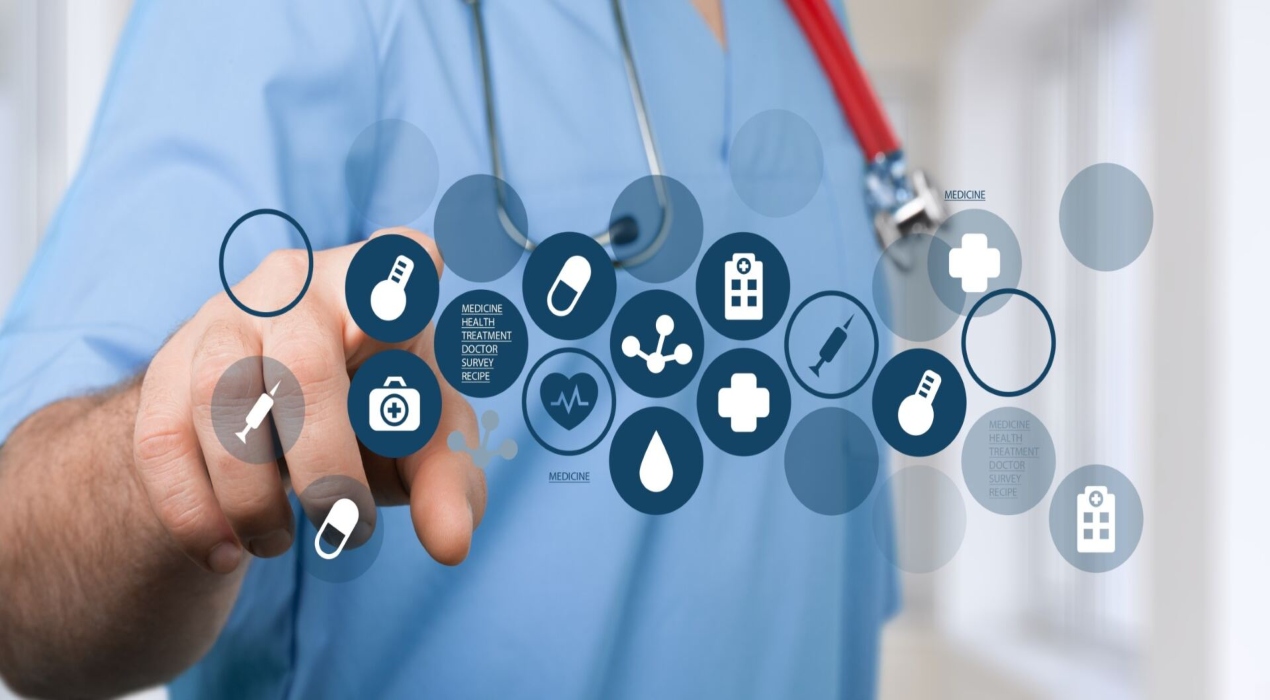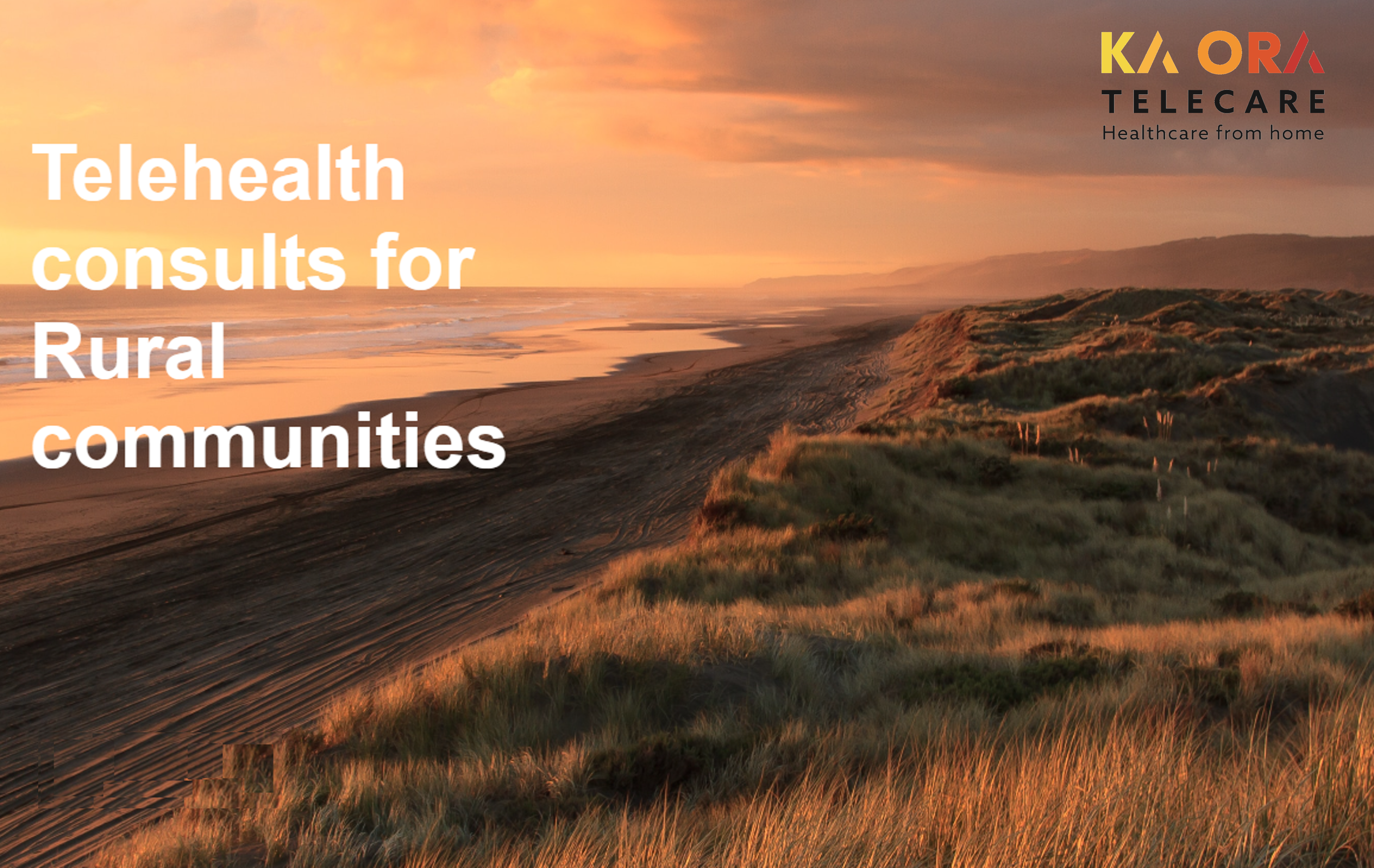
|
Getting your Trinity Audio player ready...
|
Having robust and effective public services is a fundamental goal for every country aiming to enhance the quality of life for its citizens. Quality public services, especially healthcare access, are pivotal in societal well-being and development. As a basic human need, the significance of quality public services in healthcare becomes even more prominent.

New Zealand government is aware of fostering its public services. In light of this, New Zealand has embraced a transformative journey by integrating digital technologies to enhance the accessibility and efficiency of its public services. The introduction of the rural after-hours telehealth service is a testament to the commitment of public health authorities to leverage technology for the benefit of citizens, especially those in remote areas.
This initiative aligns with the broader agenda of digital transformation sweeping across various sectors. The transformative service is co-commissioned by Te Whatu Ora and Te Aka Whai Ora and is delivered through a collaboration between three leading telehealth organisations in New Zealand.
Rural communities now have two convenient methods to access the telehealth service. The public can contact 0800 2 KA ORA (0800 252 672), or their rural healthcare provider can refer them. This dynamic service, operational for a week, has already engaged 20 rural practices, with more set to join in the coming days.
When individuals contact the service, a triage process is initiated by skilled nurses and kaiāwhina. Patients are seamlessly referred to a doctor if necessary. Jess White, general manager of telehealth organisations, spoke about this innovative platform that provides rural communities an additional option for receiving care.
Dr Sarah Clarke, National Clinical Director for one of the telehealth organisations at Te Whatu Ora, underscored the significant impact of this service on the most isolated communities, where access to after-hours care, particularly without reliable internet access, has been a persistent challenge. Selah Hart, Deputy Chief Executive from one of the telehealth organisations at Te Aka Whai Ora, underscores the relief this service brings to rural whānau, particularly those with young children who previously had to endure long journeys for after-hours medical care.
Operational on weekdays from 5:00 pm to 8:00 am and providing 24-hour coverage on weekends and public holidays, the service is staffed by a team of kaiāwhina, nurses, GPs, and emergency medicine specialists. This coverage ensures accessibility for enrolled and unenrolled individuals in rural areas, enabling them to increase their quality of life.
Te Pae Tata, the Interim New Zealand Health Plan 2022, serves as a strategic framework that spotlights the healthcare needs of various demographic groups. Te Pae Tata underscores the importance of enhancing their access to high-quality and timely healthcare services. The emphasis on rural healthcare is a testament to New Zealand’s commitment to equitable health outcomes and a proactive step towards addressing the specific needs of these communities.
This new rural clinical telehealth service complements New Zealand’s existing telehealth options, with Healthline (0800 611 116) continuing its regular operations. As technology evolves, these telehealth services can serve as a foundation for further innovations.
The introduction of this service signifies a commitment to advancing healthcare through digital innovation, ensuring that even the remotest communities have access to quality healthcare, further solidifying New Zealand’s position at the forefront of telehealth advancements.
Across the world, tech is improving health outcomes and patient experiences. For instance, OpenGov Asia reported that in Indonesia’s healthcare industry, robots are crucial, assisting surgeons in procedures, providing rehabilitation therapies, and even delivering medications to patients. Telesurgical robots offer enhanced skill and precision, minimising invasive procedures and improving patient outcomes.
Similarly, in the U.S., researchers at the Pritzker School of Molecular Engineering (PME) at the University of Chicago have harnessed the power of machine learning to revolutionise vaccine design. MIT researchers have introduced medical technology advancements, a wearable ultrasound monitor fashioned as a patch, that holds promising implications for individuals with bladder or kidney disorders, offering a more accessible means to monitor organ functionality.
















